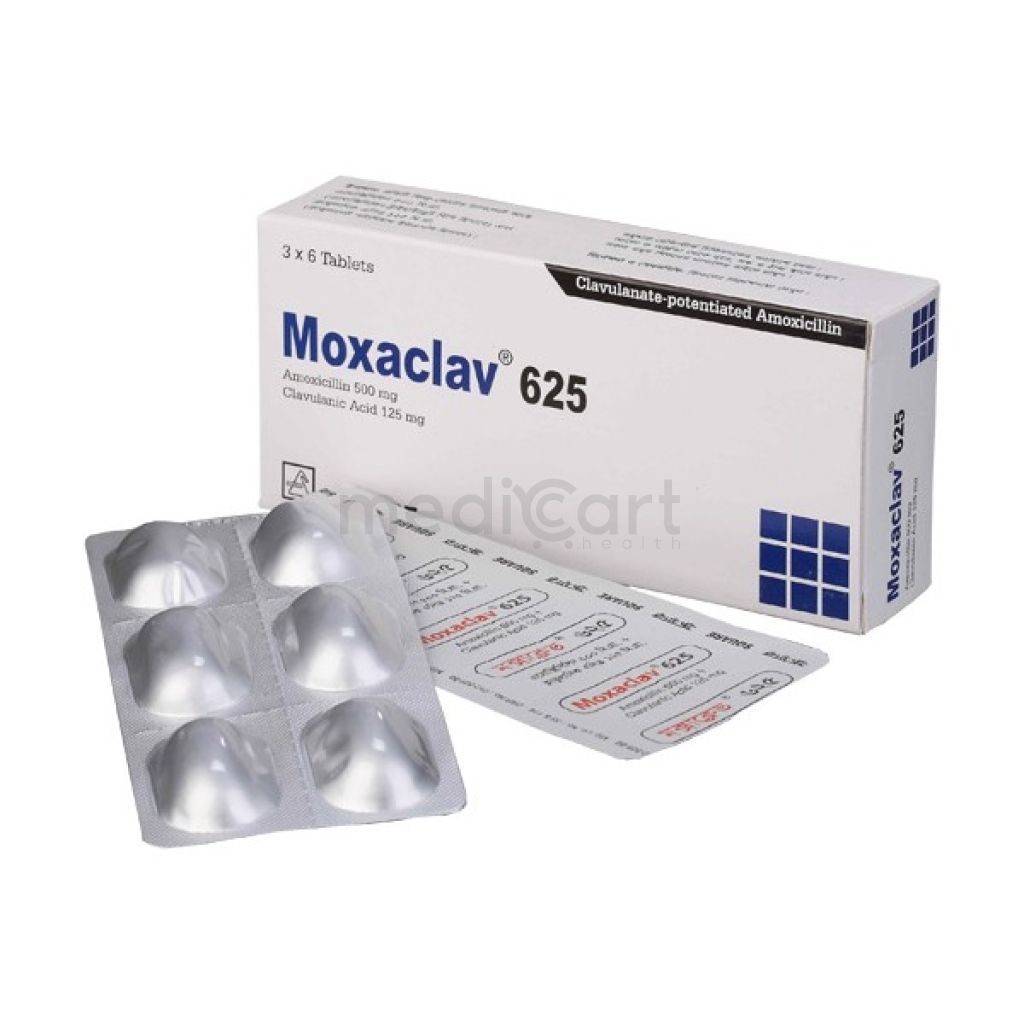

Sardopa - 250mg
Tablet* Delivery will be done in Dhaka city only.
More Information About - Sardopa - 250mg
Description
Generic Name
Methyldopa
Precaution
Patient w/ history of haemolytic anaemia, liver disease or depression; parkinsonism, hepatic porphyria. Not intended for the treatment of phaeochromocytoma. Renal or hepatic impairment. Childn, elderly. Pregnancy and lactation. Patient Counselling May impair ability to drive or operate machinery. Monitoring Parameters Monitor BP, blood counts, liver enzymes; direct Coombs' test. Lactation: distributed in breast milk but not in clinically significant amounts; compatible w/ breastfeeding
Indication
Hypertension
Contra Indication
Active liver disease (e.g. acute hepatitis, active cirrhosis) or depression. Concomitant use w/ MAOIs.
Dose
N/A
Side Effect
Drowsiness, orthostatic hypotension, nausea, headache, weakness, fatigue, decreased libido, impotence, impaired concentration and memory, mild psychoses, depression, disturbed sleep, nightmares, paraesthesias, Bell's palsy, parkinsonism, involuntary choreoathetotic movements, oedema, fluid retention, exacerbation of angina pectoris, bradycardia, syncope, prolonged carotid sinus hypersensitivity, paradoxical HTN, GI disturbances (e.g. nausea, vomiting, diarrhoea, constipation), black/sore tongue, inflamed salivary glands, dry mouth, fever, eosinophilia, liver function disturbances, hepatitis, lupus-like syndrome, rashes, lichenoid and granulomatous eruptions, toxic epidermal necrolysis, flu-like syndrome, nocturia, uraemia, nasal congestion, retroperitoneal fibrosis, hyperprolactinaemia, breast enlargement (including gynaecomastia), galactorrhoea, amenorrhoea. Rarely, pancreatitis and colitis, immune thrombocytopenia, reversible leucopenia (primarily granulocytopenia). Potentially Fatal: Hepatic necrosis, haemolytic anaemia, hypersensitivity myocarditis.
Pregnancy Category
Name : B
Description
Animal reproduction studies have failed to demonstrate a risk to the fetus and there are no adequate and well-controlled studies in pregnant women OR Animal studies have shown an adverse effect, but adequate and well-controlled studies in pregnant women have failed to demonstrate a risk to the fetus in any trimester.Mode of Action
Methyldopa stimulates alpha 2-adrenoceptors which results in reduced sympathetic tone and fall in BP.
Interaction
Reduced hypotensive effects with phenothiazines, TCAs and possibly, amphetamines. Additive hypotensive effects with levodopa; psychosis may also occur. Reduced absorption and effects with oral iron preparations. Reduced doses of general anaesthetics may be required. Effect of ephedrine may be reduced. Potentially Fatal: Increased risk of severe hypertension with MAOIs. Increased lithium toxicity
Pregnancy Category Note
Pregnancy Category: B Lactation: distributed in breast milk but not in clinically significant amounts; compatible w/ breastfeeding
Adult Dose
Oral Hypertension Adult: Monotherapy: Initially, 250 mg bid-tid for 2 days; adjust at intervals of at least 2 days according to response. Maintenance: 500-2,000 mg daily. Max: 3,000 mg daily. Combination therapy: Initial dose should not exceed 500 mg daily in divided doses. Elderly: Initially, 125 mg bid; gradually increase according to response. Max: 2,000 mg daily.
Child Dose
Oral Hypertension Child: <12 yr Initially, 10 mg/kg or 300 mg/m2 daily in 2-4 divided doses; adjust at intervals of at least 2 days according to response. Max: 65 mg/kg, 2,000 mg/m2 or 3,000 mg daily, whichever is least.
Renal Dose
Renal Impairment Adjust dosage frequency with renal impairment CrCl >50 mL/min: q8hr CrCl 10-50 mL/min: q8-12hr CrCl <10 mL/min: q12-24hr
Administration
May be taken with or without food.
Disclaimer
The information provided herein are for informational purposes only and not intended to be a substitute for professional medical advice, diagnosis, or treatment. Please note that this information should not be treated as a replacement for physical medical consultation or advice. Great effort has been placed to provide accurate and comprehensive data. However, Medicart along with its authors and editors make no representations or warranties and specifically disclaim all liability for any medical information provided on the site. The absence of any information and/or warning to any drug shall not be considered and assumed as an implied assurance of the Company.






